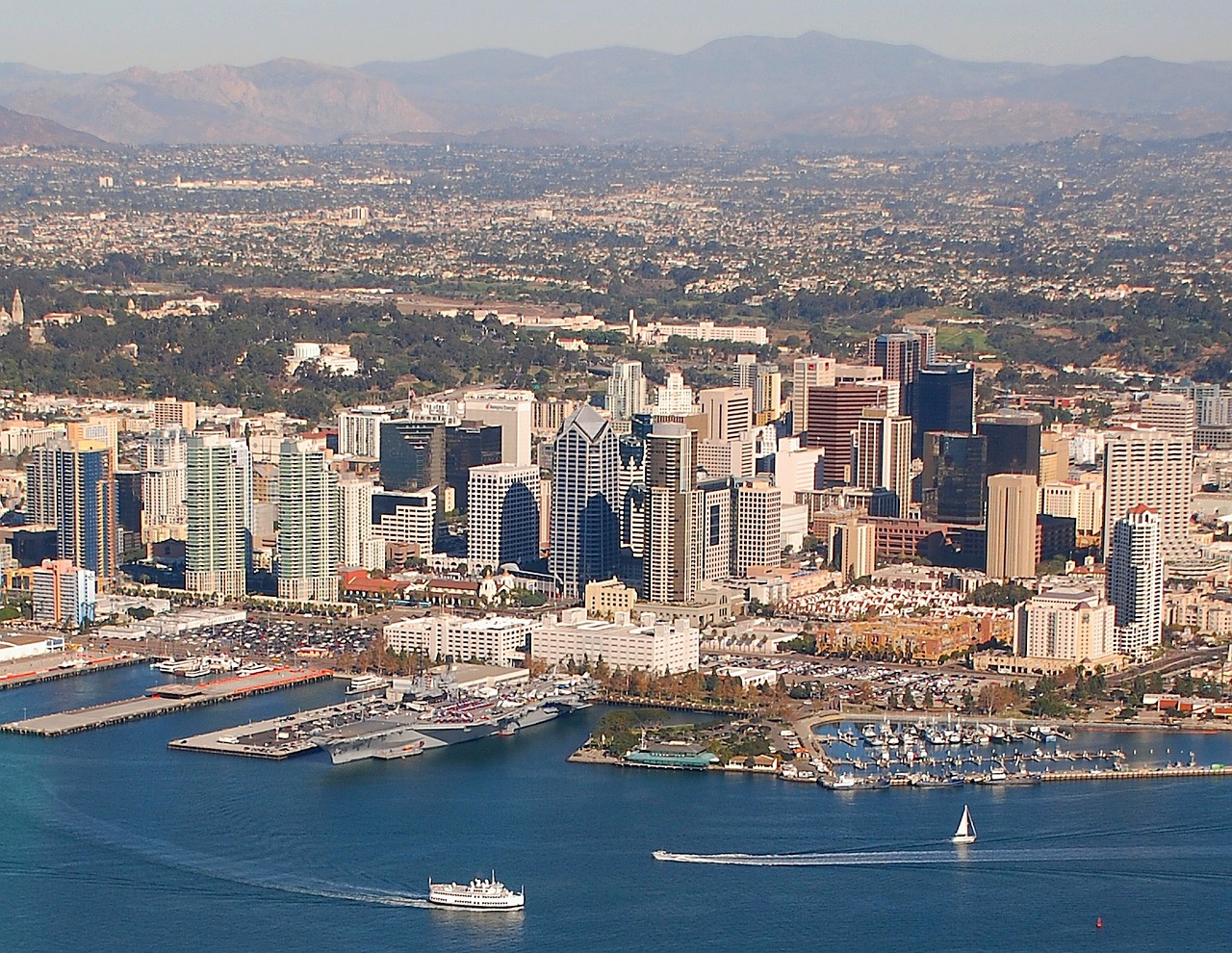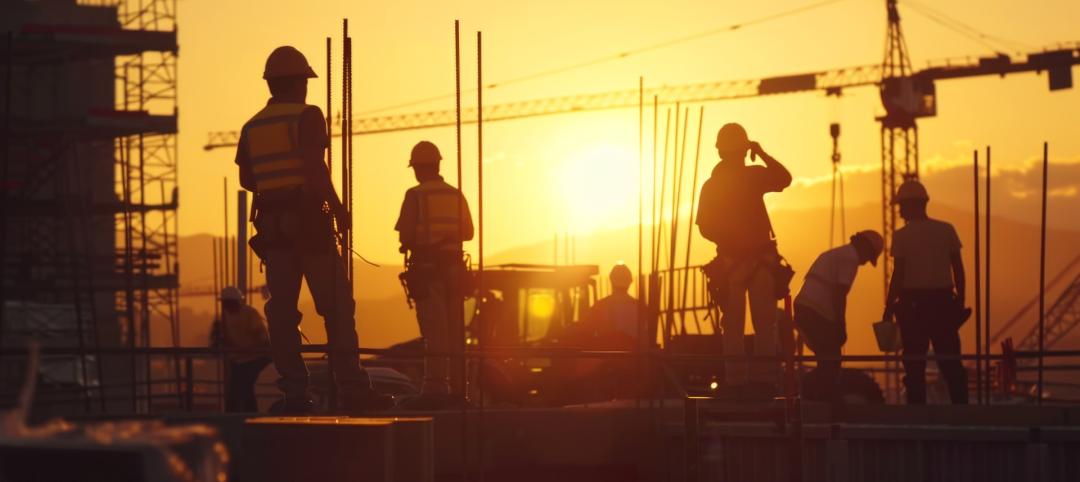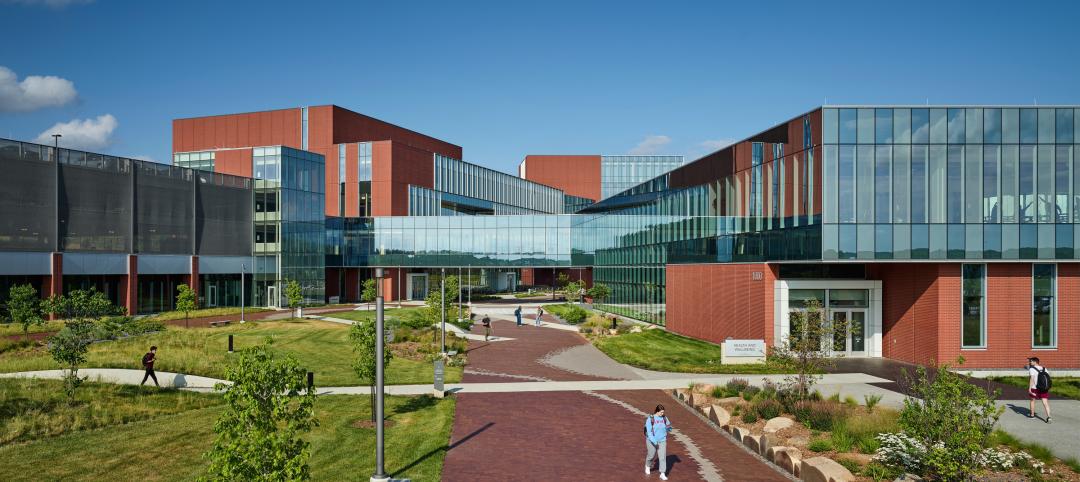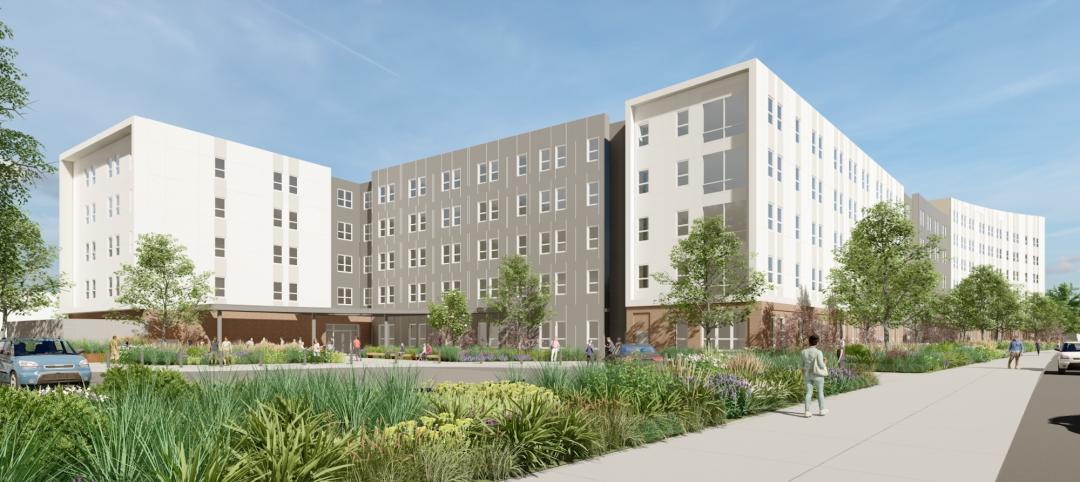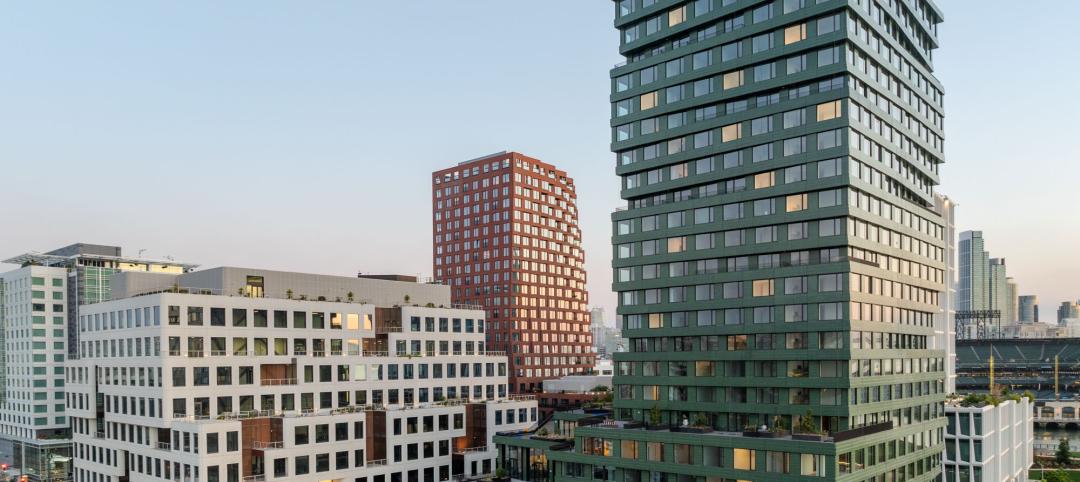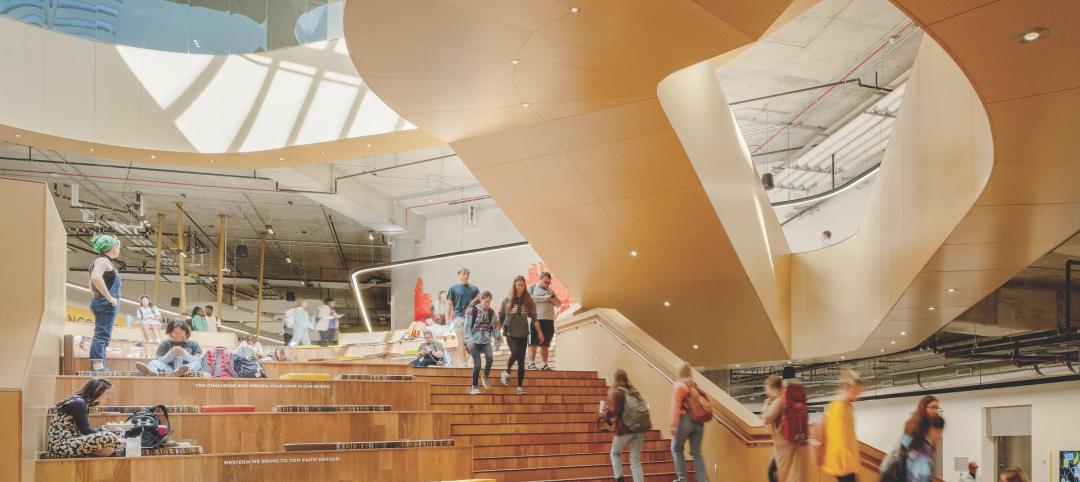Bosa Development is all in on San Diego. The Vancouver, British Columbia-based developer has been leading the latest construction boom in this southern California market, where Civic San Diego, the downtown planning agency, reports there are more than 63 projects valued at over $6.4 billion being constructed, approved, or under review.
Bosa Development, which completed seven buildings in San Diego over the past 15 years, has another eight buildings planned for construction or redevelopment in the next decade. Last month, Bosa acquired two building sites in downtown San Diego for $42.6 million, on which it plans to build up to 800 condos.
“San Diego is getting ready to pop,” Nat Bosa, the developer’s founder, told the San Diego Union Tribune recently. Indeed, in 2015 alone, developers completed 1,248 apartments, and another 8,106 are in the works, according to Civic San Diego.
Bosa Development was one of the real estate developers behind Rethink Downtown, a free public exhibit that opened last September to highlight the city’s history and culture.
San Diego’s urban core has actually been growing for quite some time. The number of people living downtown almost doubled between the years 2000 and 2013, according to the San Diego Association of Governments.
The city’s construction boom isn’t confined to multifamily, either. The giant retail developer Westfield recently announced plans for its 30-year-old Horton Plaza shopping mall. An adjacent park, which Westfield will manage, is scheduled to open in March, and the developer is considering changes to the mall that range from cosmetic fix-ups to major demolition and replacements.
Last fall, UC San Diego broke ground on a $150 million, 154,000-sf outpatient pavilion that will be build on the university’s health sciences campus in La Jolla, Calif. CO Architects designed the pavilion, which will help serve the Jacobs Medical Center, a $859 million collection of specialty hospitals that opens this year.
All of this construction and redevelopment activity is being conducted against the backdrop of a commitment that San Diego’s Mayor Kevin Faulconer made late last year to cut the city’s carbon emissions in half by 2035. To achieve this goal, the city needs to get more people and businesses to move into established neighborhoods, which will mean greater support for urban housing, an expansion of public transit, and access to renewable energy sources.
Without this commitment, the city might have been facing litigation because its environmental plan lacked sufficient enforcement measures. Faulconer’s plan calls for the city to cut total greenhouse gas emissions 15 percent by 2020 and 49 percent by 2035, based on its emission level from 2010. The plan includes a goal to reach 100% renewable energy by 2035, with an emphasis on local sources, according to Voice of San Diego’s website. And Faulconer envisions more than 60% of San Diego residents walking, riding their bikes, or taking public transit to work by 2035, compared to fewer than 10% in 2010.
Among the construction projects nearing completion in San Diego are a dual-hotel building at Lane Field at the foot of Broadway; a $555.5 million state courthouse, with 22 stories and 71 courtrooms within 704,000 sf, which should be finished this fall; and a 41-story luxury waterfront condo tower called Pacific Gate, another Bosa development that was designed by Kohn Fox Pedersen. Bosa has retained Engel & Völkers Scottsdale to market Pacific Gate, whose condo prices start at $1.4 million.
Related Stories
Sustainable Design and Construction | Oct 10, 2024
Northglenn, a Denver suburb, opens a net zero, all-electric city hall with a mass timber structure
Northglenn, Colo., a Denver suburb, has opened the new Northglenn City Hall—a net zero, fully electric building with a mass timber structure. The 32,600-sf, $33.7 million building houses 60 city staffers. Designed by Anderson Mason Dale Architects, Northglenn City Hall is set to become the first municipal building in Colorado, and one of the first in the country, to achieve the Core certification: a green building rating system overseen by the International Living Future Institute.
Contractors | Oct 10, 2024
How to get your construction team engaged and on board with new processes
Discover practical strategies to boost employee engagement and create a collaborative environment where your team feels valued and motivated to contribute to your company’s vision.
3D Printing | Oct 9, 2024
3D-printed construction milestones take shape in Tennessee and Texas
Two notable 3D-printed projects mark milestones in the new construction technique of “printing” structures with specialized concrete. In Athens, Tennessee, Walmart hired Alquist 3D to build a 20-foot-high store expansion, one of the largest freestanding 3D-printed commercial concrete structures in the U.S. In Marfa, Texas, the world’s first 3D-printed hotel is under construction at an existing hotel and campground site.
University Buildings | Oct 9, 2024
Des Moines University Medicine and Health Sciences opens a new 88-acre campus
Des Moines University Medicine and Health Sciences has opened a new campus spanning 88 acres, over three times larger than its previous location. Designed by RDG Planning & Design and built by Turner Construction, the $260 million campus features technology-rich, flexible educational spaces that promote innovative teaching methods, expand research activity, and enhance clinical services. The campus includes four buildings connected with elevated pathways and totaling 382,000 sf.
Student Housing | Oct 9, 2024
University of Maryland begins work on $148 million graduate student housing development
The University of Maryland, in partnership with Campus Apartments and Mosaic Development Partners, has broken ground on a $148.75 million graduate student housing project on the university’s flagship College Park campus. The project will add 741 beds in 465 fully furnished apartments.
AEC Tech Innovation | Oct 8, 2024
New ABC technology report examines how AI can enhance efficiency, innovation
The latest annual technology report from Associated Builders and Contractors delves into how artificial intelligence can enhance efficiency and innovation in the construction sector. The report includes a resource guide, a case study, insight papers, and an essay concerning applied uses for AI planning, development, and execution.
Healthcare Facilities | Oct 8, 2024
Herzog & de Meuron completes Switzerland’s largest children’s hospital
The new University Children’s Hospital Zurich features 114 rooftop patient rooms designed like wooden cottages with their own roofs. The project also includes a research and teaching facility.
Mixed-Use | Oct 7, 2024
New mixed-use tower by Studio Gang completes first phase of San Francisco waterfront redevelopment
Construction was recently completed on Verde, a new mixed-use tower along the San Francisco waterfront, marking the end of the first phase of the Mission Rock development. Verde is the fourth and final building of phase one of the 28-acre project that will be constructed in several phases guided by design principles developed by a design cohort led by Studio Gang.
Brick and Masonry | Oct 7, 2024
A journey through masonry reclad litigation
This blog post by Walter P Moore's Mallory Buckley, RRO, PE, BECxP + CxA+BE, and Bob Hancock, MBA, JD, of Munsch Hardt Kopf & Harr PC, explains the importance of documentation, correspondence between parties, and supporting the claims for a Plaintiff-party, while facilitating continuous use of the facility, on construction litigation projects.
University Buildings | Oct 4, 2024
Renovations are raising higher education campuses to modern standards
AEC higher ed Giants report working on a variety of building types, from performing arts centers and libraries to business schools. Hybrid learning is seemingly here to stay. And where possible, these projects address wellness and mental health concerns.


